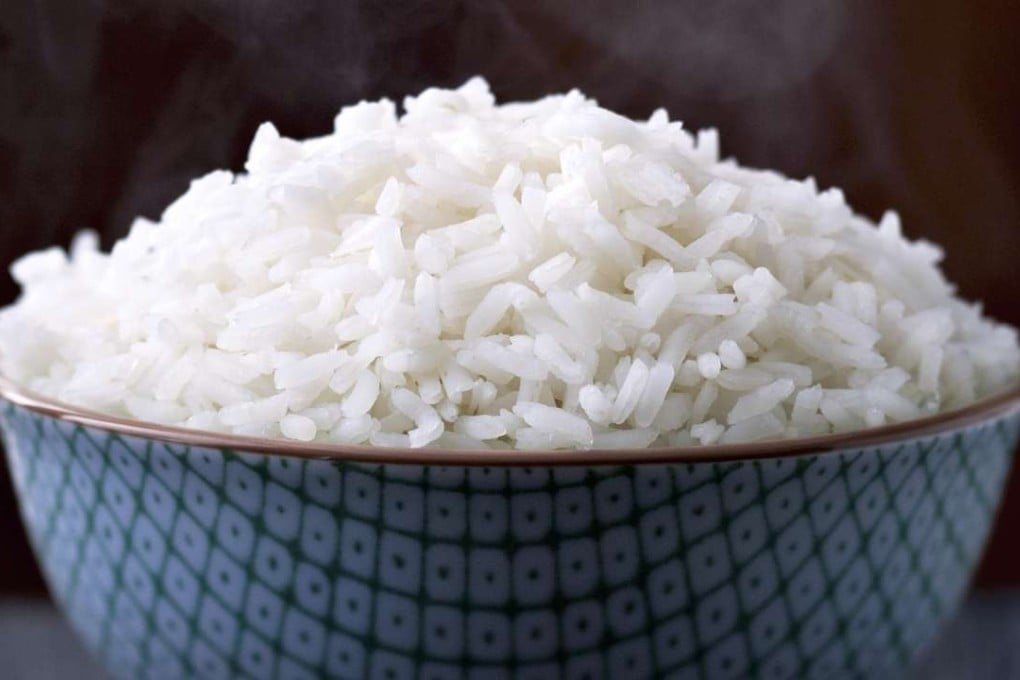Why ‘have you eaten?’ means ‘how are you?’ in Hong Kong
The common Hong Kong greeting ‘Have you eaten rice yet?’ is not exclusive to the city but is used all over East Asia, especially where rice is central to the culture

Literally, “Have you eaten rice yet?” [sihk jó faahn meih a? 食咗飯未呀?] is a common greeting, the equivalent of “how are you?” in English.
It is not exclusive to Hong Kong Cantonese. Across Asia, where food – in particular, rice – is central to the culture, and where one’s well-being is traditionally contingent on the community’s sustenance, one finds the same traditional “have you eaten (rice) yet/already?” greeting: in Burmese (sa: pi: bi: la:?), Chiuchow (jia bung meh ?), Khmer (nham bay howie nov ?), Korean (bap meogeosseoyo ?), Malay (sudah makan ?), Malayalam (cho¯rrun . t. o¯?), Putonghua (ch I ¯ fàn le ma?), Sinhalese (bath kavatha?), Tagalog (kumain ka na ba?), Taiwanese (jia˘ bà bua¯i?), Thai (thaan khâo láew re¯u yang?), Vietnamese (a˘n co ’ m chu ’ a?).


The flow of cultural influences is multidirectional. On the one hand, such patterns of cultural discourse have influenced some Asian Englishes, with greetings of “Eat already?” widely used in Singapore and “Have you eaten na ba?” in the Philippines, and leave-taking phrases, such as “I’ll go and come”, translated from Sinhalese, as part of Sri Lankan English. “Have you eaten?” expressions are so ubiquitous in Asian cultures that they have in recent years been used as titles of television series and themes for art exhibitions.